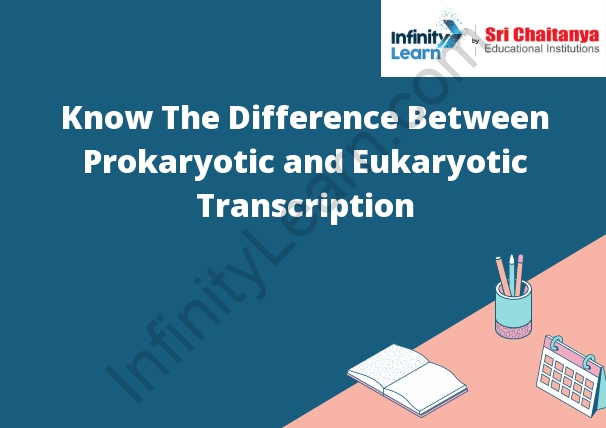Table of Contents
Know The Difference Between Prokaryotic and Eukaryotic Transcription
Prokaryotic transcription is the process of copying DNA to RNA in prokaryotic cells. This process is used to create proteins that are essential for the cell. Prokaryotic transcription is a relatively simple process that does not involve the use of a nucleus.
Eukaryotic transcription is the process of copying DNA to RNA in eukaryotic cells. This process is used to create proteins that are essential for the cell. Eukaryotic transcription is a more complex process that involves the use of a nucleus.
In transcription, DNA is converted into RNA. This is an important process in the cell, as it allows for the replication of DNA, as well as the synthesis of proteins. There are two types of transcription: prokaryotic and eukaryotic. Prokaryotic transcription occurs in bacteria, while eukaryotic transcription occurs in more complex cells, such as those found in animals and plants.

Prokaryotic transcription is a simpler process than eukaryotic transcription. In prokaryotic transcription, a single enzyme, RNA polymerase, catalyzes the transcription of DNA into RNA. The RNA polymerase binds to a specific site on the DNA molecule, called the promoter, and begins to transcribe the DNA sequence into RNA. The RNA polymerase does not require any additional proteins to complete the transcription process.
Eukaryotic transcription is more complex than prokaryotic transcription. In eukaryotic transcription, multiple enzymes are involved in the process. First, a protein called RNA polymerase II binds to the promoter region of the DNA molecule. This polymerase is responsible for the synthesis of mRNA, which is the type of RNA that is used to create proteins. Another protein, called transcription factor, helps to activate RNA polymerase II. Additional proteins are also required to complete the transcription process.
The difference between prokaryotic and eukaryotic transcription is the number of enzymes involved in the process. Prokaryotic transcription is a simpler process, and only requires a single enzyme, RNA polymerase. Eukaryotic transcription is more complex, and requires multiple enzymes, including RNA polymerase II and transcription factor.
Similarities Between Prokaryotic and Eukaryotic Transcription
Prokaryotic and eukaryotic transcription are both processes that result in the creation of a new gene. In prokaryotes, transcription takes place in the cytoplasm, while in eukaryotes it takes place in the nucleus. Both prokaryotic and eukaryotic transcription involve the use of enzymes called RNA polymerases, which catalyze the formation of RNA from DNA. The RNA produced in prokaryotes is generally shorter than the RNA produced in eukaryotes, and it does not undergo extensive processing before being translated into protein.
What is Transcription ?
Transcription is the process of copying genetic information from a DNA molecule to a RNA molecule. The RNA molecule can then be used to create a protein.







